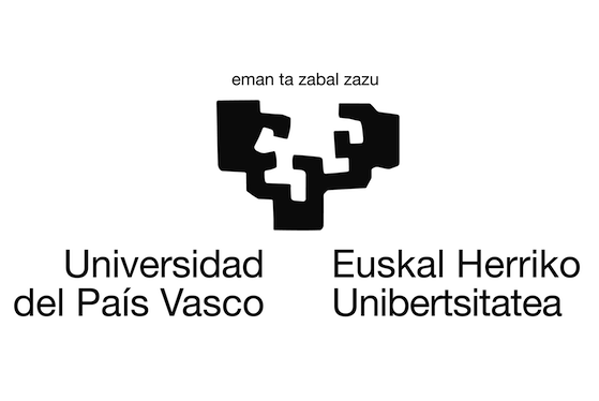El reto de generar protección cruzada frente a coronavirus pandémicos


Universitat de Barcelona
Barcelona, EspañaPublikationen in Zusammenarbeit mit Forschern von Universitat de Barcelona (12)
2010
-
Putative one-pot prebiotic polypeptides with ribonucleolytic activity
Chemistry - A European Journal, Vol. 16, Núm. 18, pp. 5314-5323
2008
-
Kv1.5 association modifies Kv1.3 traffic and membrane localization
Journal of Biological Chemistry, Vol. 283, Núm. 13, pp. 8756-8764
-
N-terminal CFTR missense variants severely affect the behavior of the CFTR chloride channel
Human Mutation, Vol. 29, Núm. 5, pp. 738-749
-
Preparation of ribonuclease S domain-swapped dimers conjugated with DNA and PNA: Modulating the activity of ribonucleases
Bioconjugate Chemistry, Vol. 19, Núm. 1, pp. 263-270
2007
-
Kv1.3/Kv1.5 heteromeric channels compromise pharmacological responses in macrophages
Biochemical and Biophysical Research Communications, Vol. 352, Núm. 4, pp. 913-918
2006
-
Association of Kv1.5 and Kv1.3 contributes to the major voltage-dependent K+ channel in macrophages
Journal of Biological Chemistry, Vol. 281, Núm. 49, pp. 37675-37685
2005
-
Direct, two-step synthetic pathway to novel dibenzo[a,c]phenanthridines
Journal of Organic Chemistry, Vol. 70, Núm. 8, pp. 3178-3187
-
Pattern of Kvβ subunit expression in macrophages depends upon proliferation and the mode of activation
Journal of Immunology, Vol. 174, Núm. 8, pp. 4736-4744
2004
-
Gadolinium inhibition of ecto-nucleoside triphosphate diphosphohydrolase activity in Torpedo electric organ
Neurochemical Research, Vol. 29, Núm. 9, pp. 1711-1714
-
Modulation of aqueous humor outflow by ionic mechanisms involved in trabecular meshwork cell volume regulation
Investigative Ophthalmology and Visual Science, Vol. 45, Núm. 10, pp. 3650-3661
2003
-
Differential Voltage-dependent K+ Channel Responses during Proliferation and Activation in Macrophages
Journal of Biological Chemistry, Vol. 278, Núm. 47, pp. 46307-46320
2001
-
ATP release from the electric organ of Torpedo and from Xenopus oocytes
Drug Development Research

